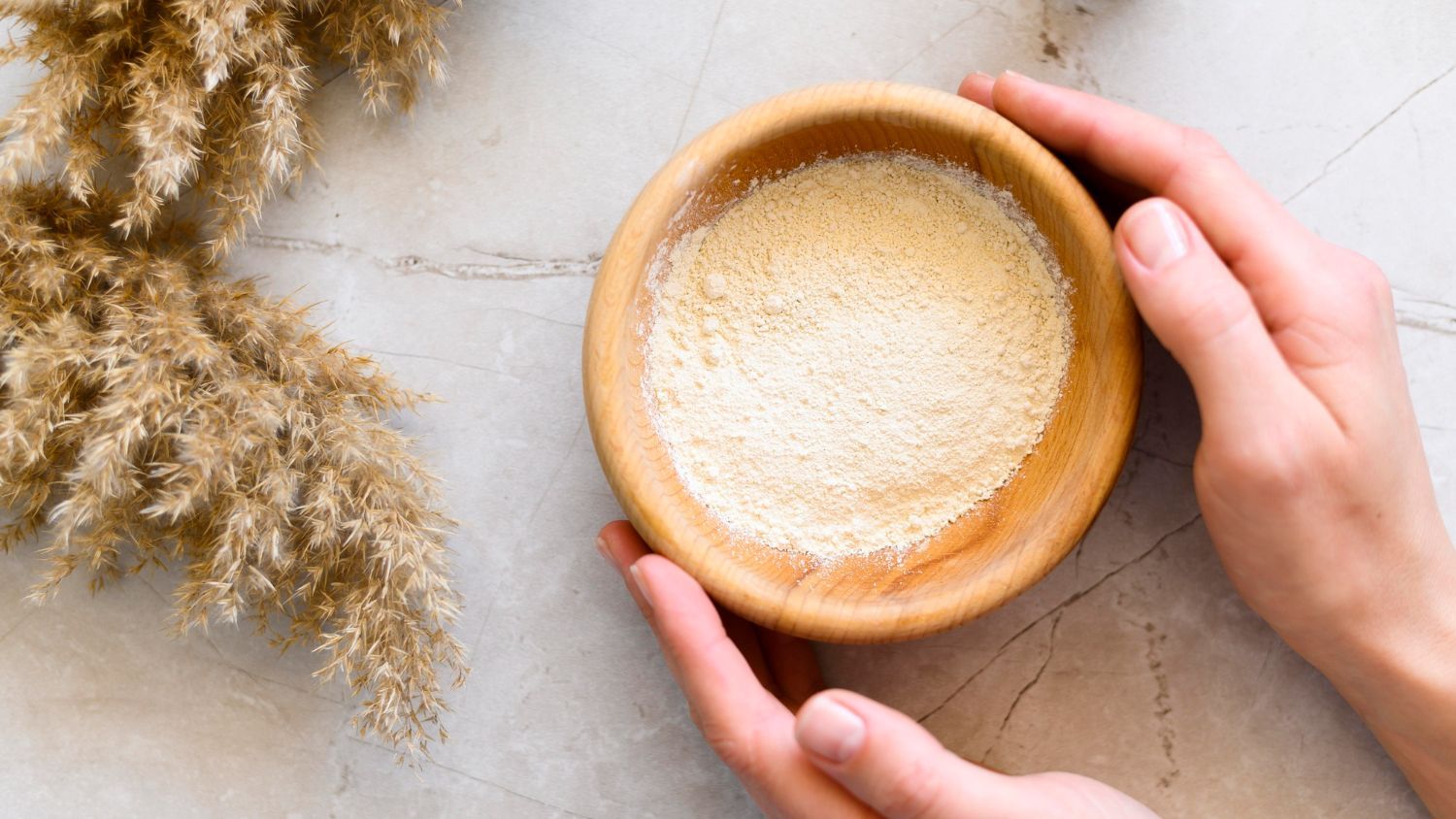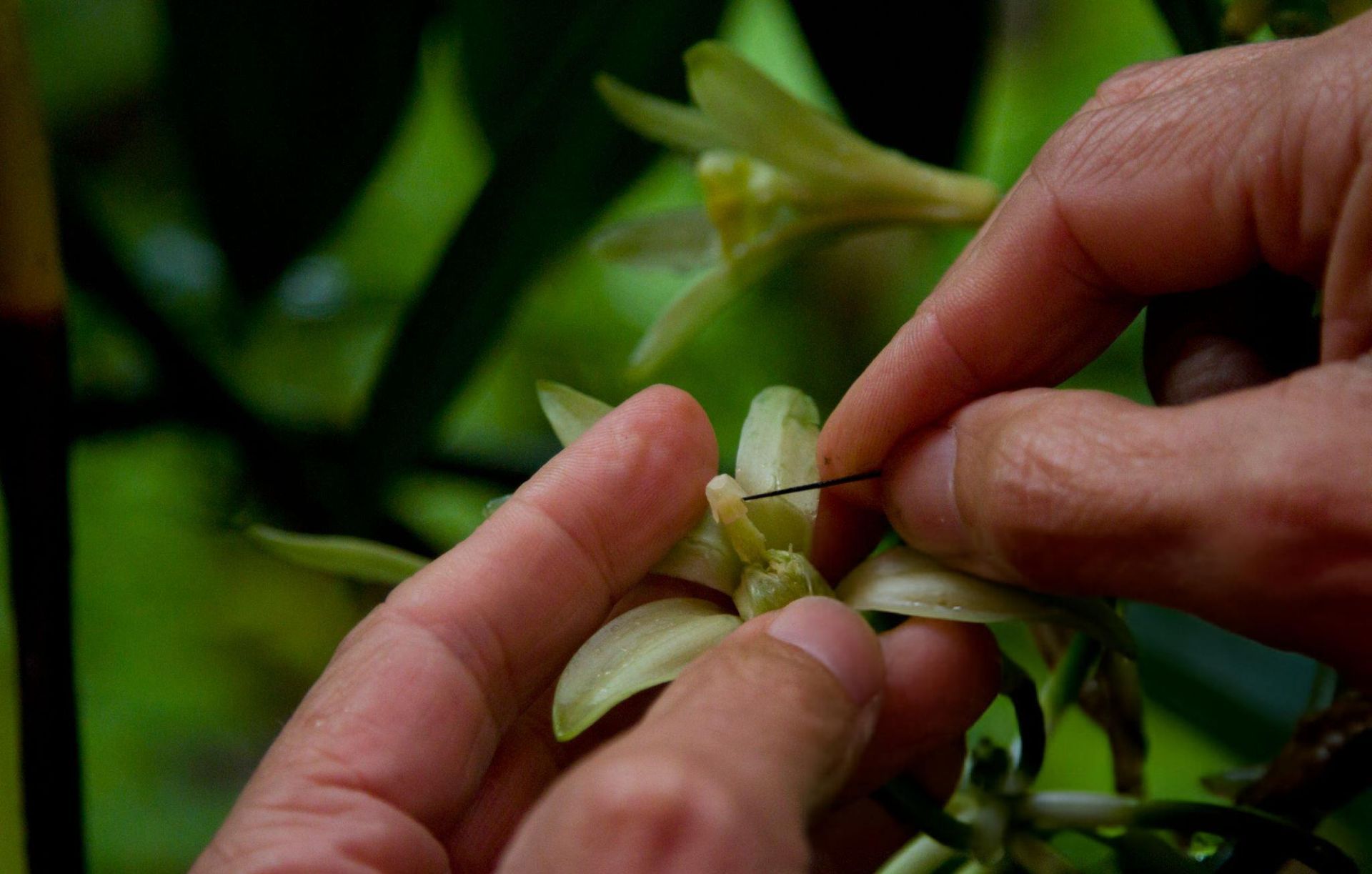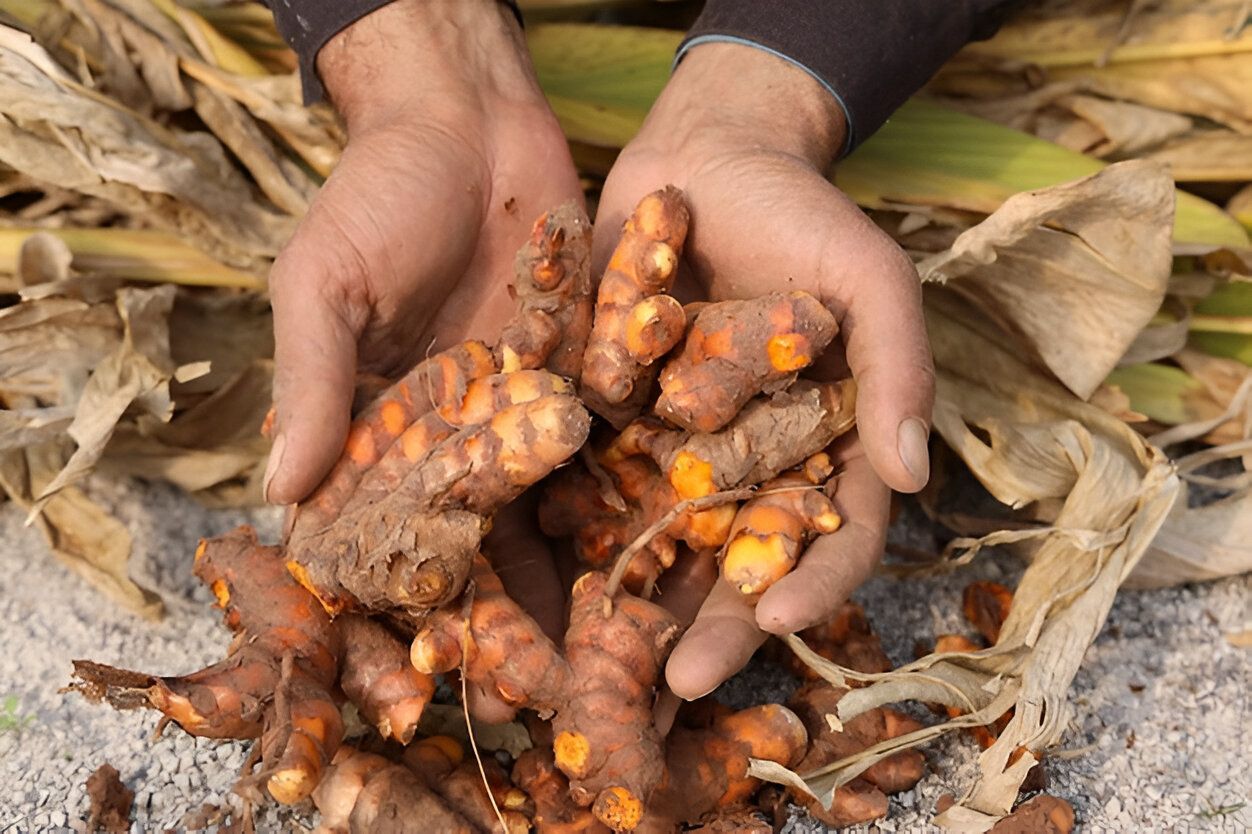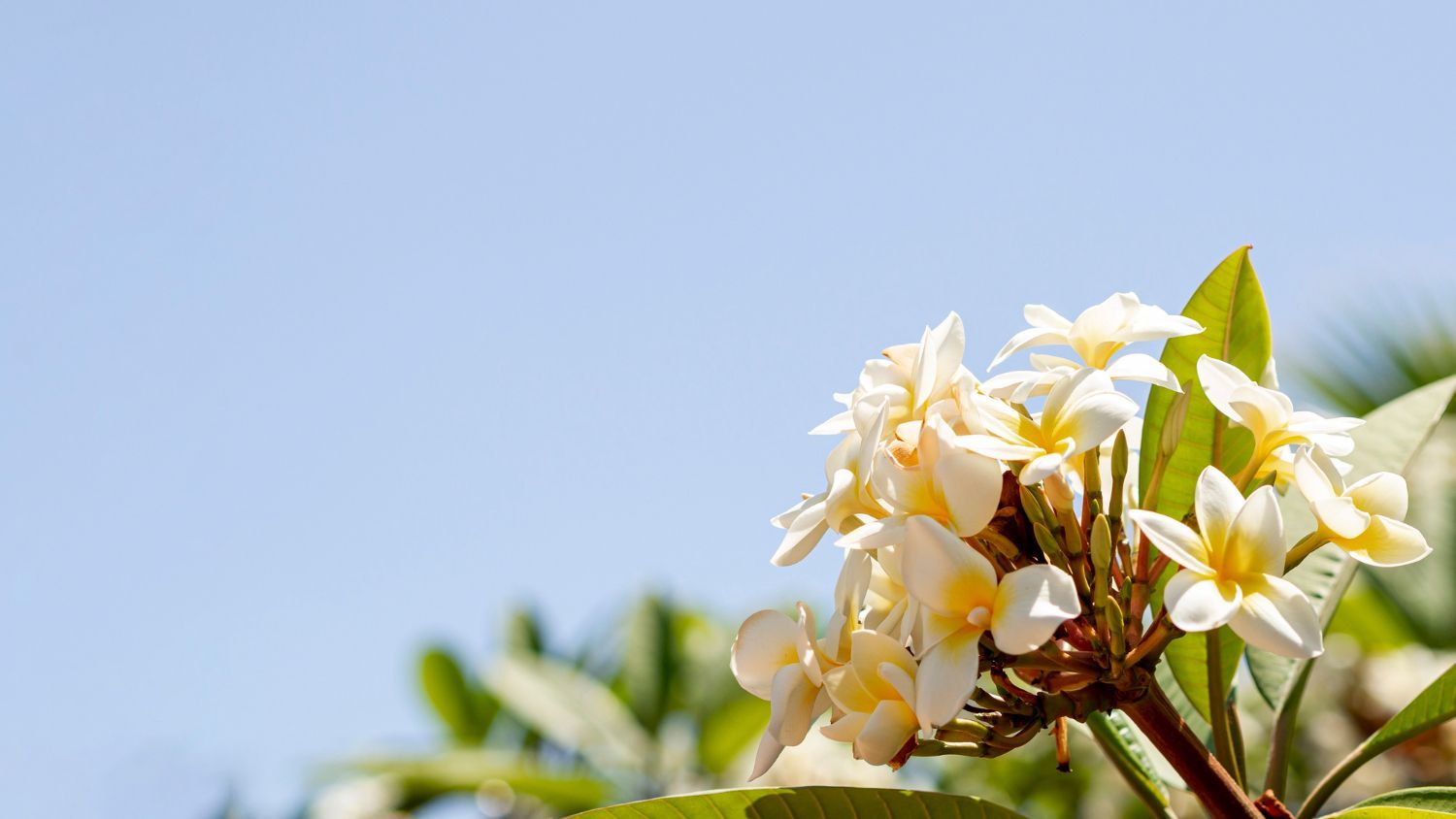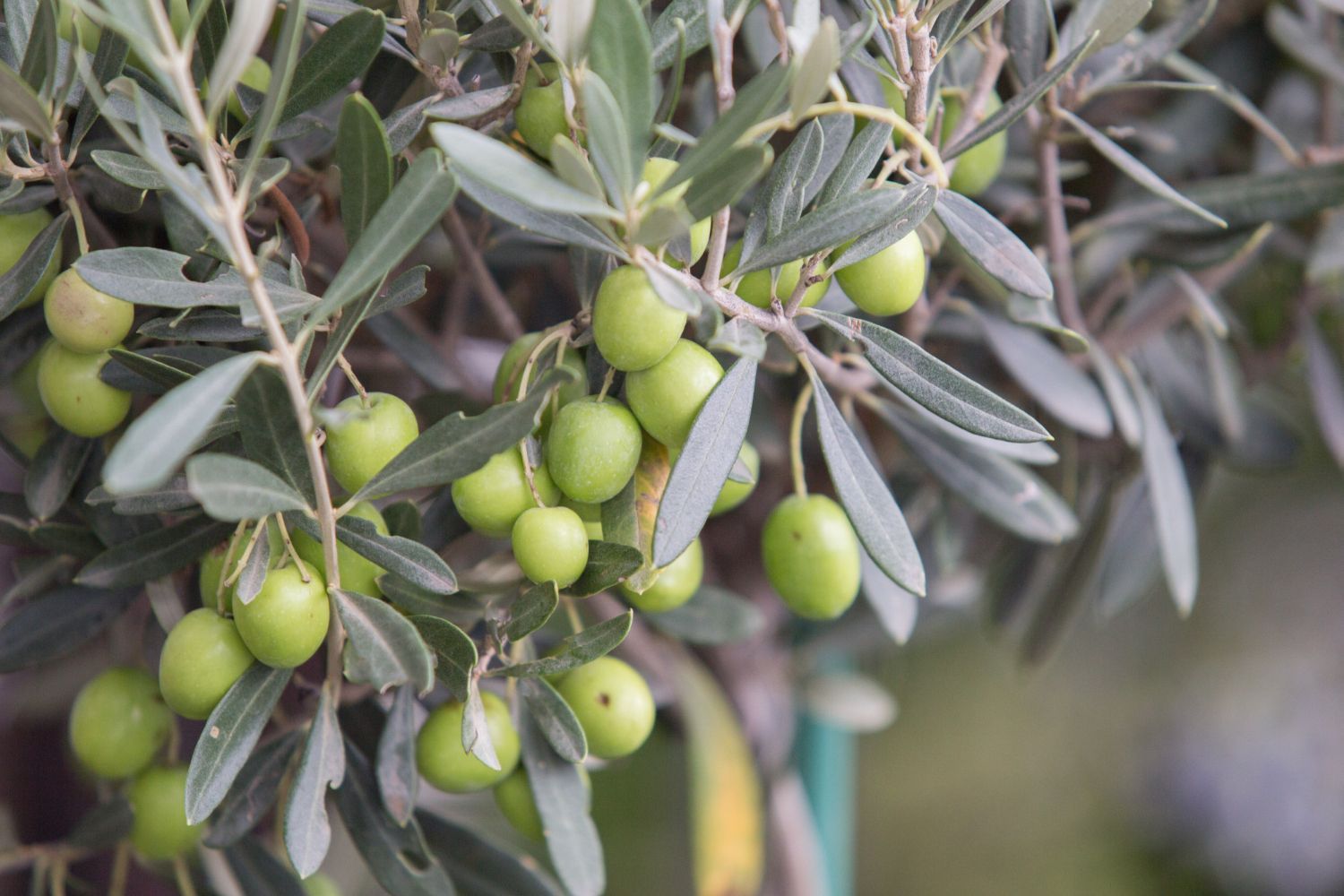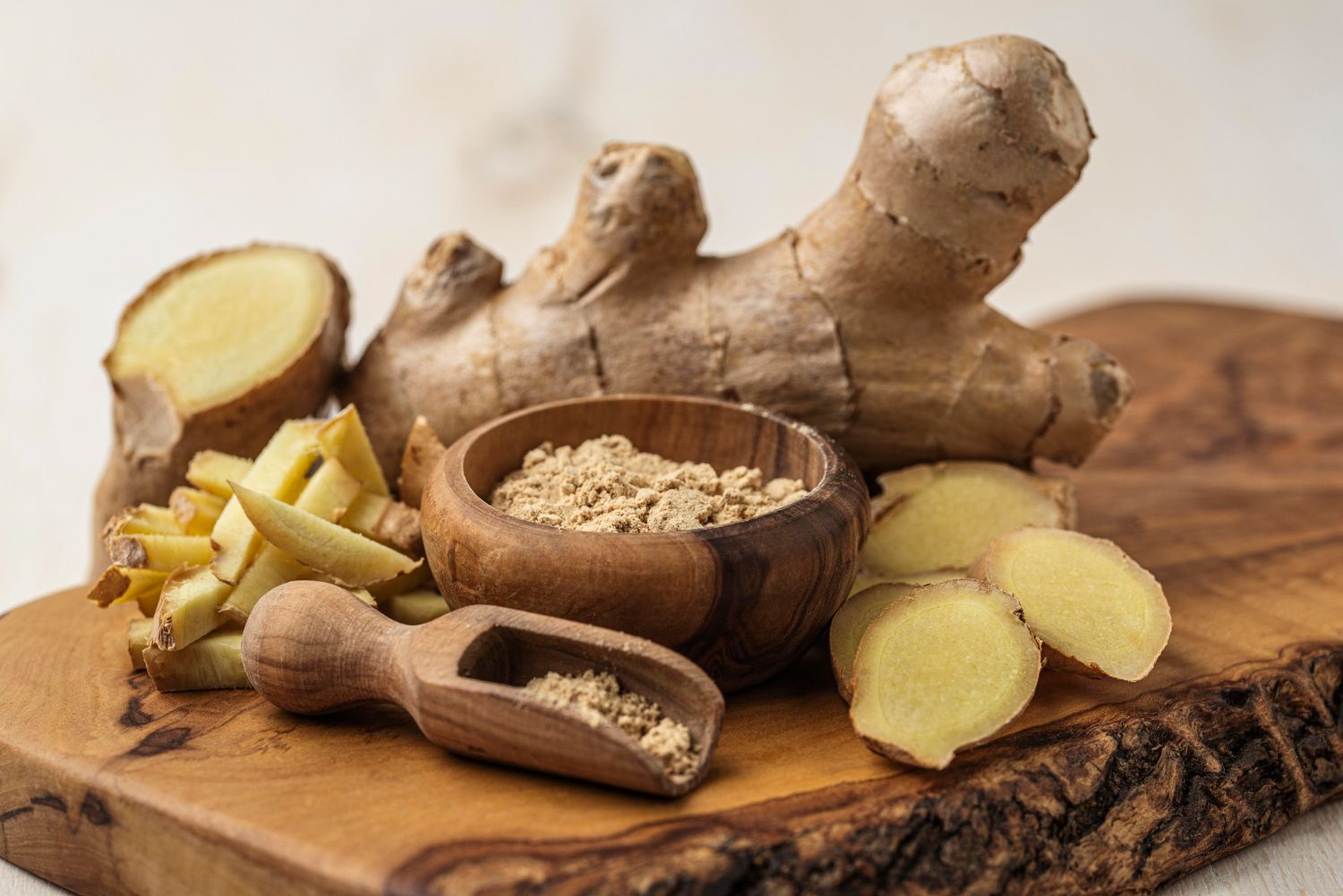Harvesting Fresh Turmeric: A Guide for Florida
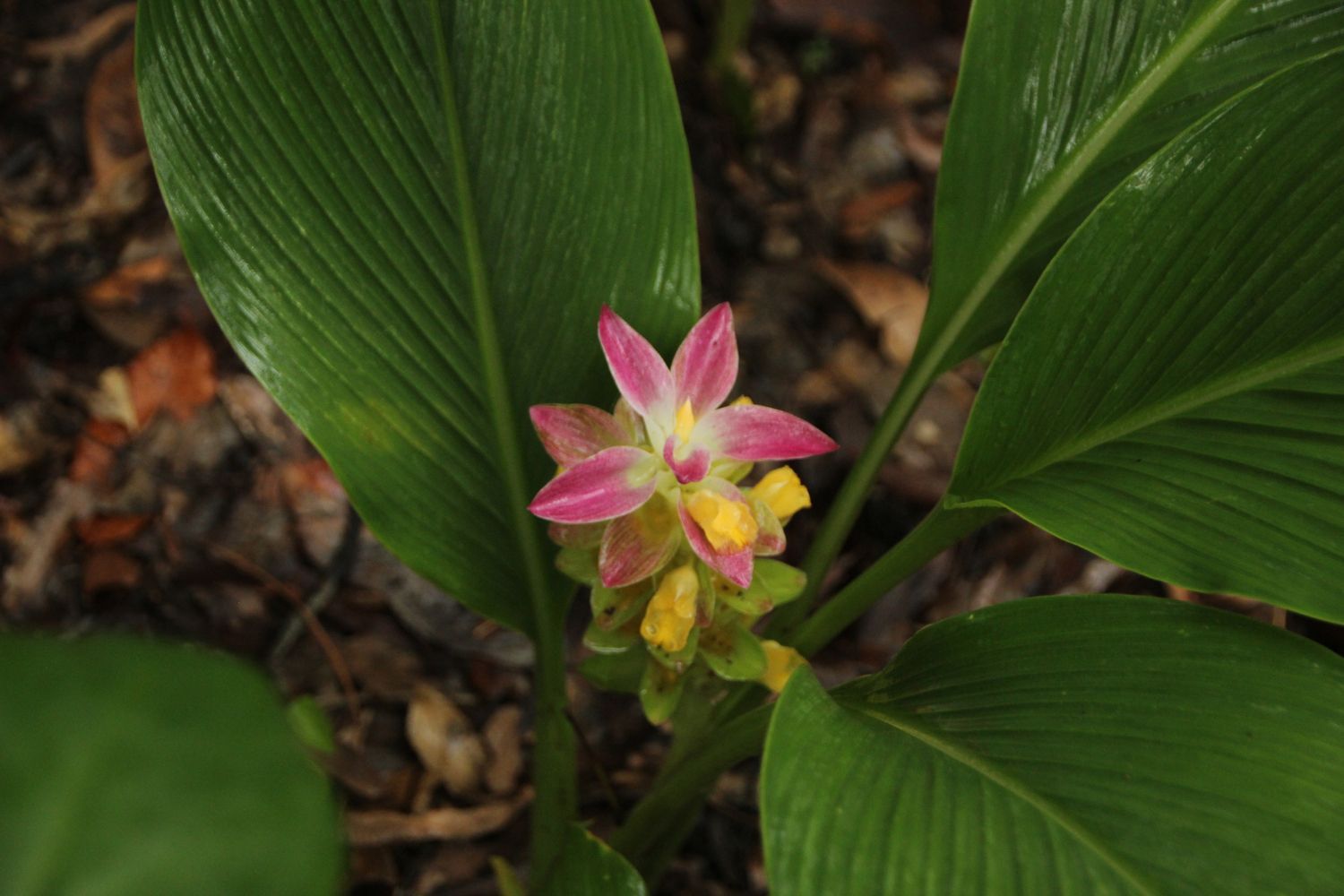
Growing fresh turmeric in Florida presents an exciting opportunity for home gardeners. This spice is not just a staple in culinary dishes, but it also boasts numerous health benefits. With its vibrant color and rich flavor, turmeric adds a touch of the exotic to any meal. Florida's warm climate and sunny days provide an ideal environment for turmeric cultivation, making it a favored choice for local gardeners. Plus, having your own supply of fresh turmeric means you can enjoy its freshness and flavor, which is miles ahead of store-bought options.
Getting the most out of your turmeric plants requires more than just planting them. Knowing when and how to harvest is just as important, as this ensures you capture all the natural goodness that fresh turmeric offers. Whether you're a seasoned gardener or a beginner with a green thumb, understanding the best methods to harvest your turmeric can significantly enhance its quality and effectiveness. So why wait? Let's dig into how you can harvest turmeric effectively.
Understanding When to Harvest Turmeric
Timing is everything when it comes to harvesting turmeric. Knowing the right moment to dig up those golden roots ensures you get the best taste and potency. Here are some signs to tell you when your turmeric is ready for harvest:
- The leaves of the plant start to turn yellow and begin to dry out.
- The stems lose their usual firmness, becoming soft and droopy.
- Growth seems to slow down significantly.
Typically, turmeric needs around eight to ten months to mature, especially in Florida's unique climate. Planting usually begins in spring, so by late fall or early winter, it's time to prepare for harvest. If the weather conditions have been favorable, your plants might even be ready by late fall.
Using these signals helps in gauging the perfect harvesting time, leading to a richer, more flavorful yield. Avoid the temptation of harvesting too early, as immature roots can lack the richness you expect from fresh turmeric. If this seems tricky, consider setting a calendar reminder based on when you planted, but always rely on the plant’s physical signs for the final confirmation.
Pre-Harvest Preparations
Before you start digging up turmeric, it’s important to make sure everything is set to help you get the best results. First, ensure that your soil is properly prepared. Loosen the soil around the plants to make it easier to lift the roots without breaking them. While you're at it, inspect the plants to confirm they’re in good condition, looking for any signs of disease or pests that might affect your harvest.
Having the right tools at hand is a game changer. You’ll want a small garden fork or a trowel to carefully remove the soil from around the roots. Garden gloves come in handy to protect your hands during the process. Here’s a quick checklist to help:
- Garden fork or trowel
- Garden gloves
- Optional: a clean bucket or container to gather harvested roots
This preparation helps make the harvesting smoother and reduces the chance of damaging your precious turmeric.
Step-By-Step Guide to Harvesting Turmeric
Harvesting turmeric properly ensures you get flavorful and healthy roots. Here’s how to do it step by step:
1. Clear the Area: Trim any excess leaves so you can see the base of the plants clearly.
2. Loosen the Soil: Use your garden fork or trowel to gently loosen the soil around the plants. Be careful not to pierce the roots.
3. Lift the Roots: Once the soil is loose, carefully lift the plant from the ground, grabbing as close to the base as possible.
4. Remove Excess Dirt: Shake off as much soil as you can from the roots.
5. Clean the Roots: Rinse the roots under cold water to remove all traces of dirt.
Proper harvesting helps maintain the plant's structure and ensures you retain the maximum flavor and benefit from the turmeric.
Post-Harvest Handling and Storage
Once harvested, handling and storing turmeric correctly is key to retaining its quality. After cleaning the roots, let them dry in a cool, shaded area. This reduces moisture and extends the turmeric's shelf life. For long-term storage, you can place the roots in a cool, dry place, ideally in a mesh bag or a container that allows air circulation.
Consider using some of your turmeric fresh, while the rest can be stored for later use. You can also decide to dry and grind some into powder for cooking. This way, you have options based on your culinary needs.
Enjoying Your Fresh Harvest
Now that you have your fresh turmeric, it's time to enjoy it. Use it to spice up your favorite dishes or try new recipes. Turmeric’s earthy flavor adds depth to soups, stews, and curries. Beyond cooking, remember that turmeric is known for its health benefits, like supporting digestion and reducing inflammation. Having fresh turmeric on hand means you can easily incorporate it into your diet whenever you like.
Embrace Homegrown Twists
Harvesting your own turmeric brings a sense of satisfaction and connection to your food. It's incredibly rewarding to see a plant flourish under your care and then use that harvest to enrich your meals. Along with fresh flavors, you’ll find joy in the process and experience the benefits of self-sufficiency. Keep experimenting with different foods and methods, and enjoy the rewards of your gardening adventures.
Growing and harvesting your own fresh turmeric is a rewarding experience that enhances both your garden and your kitchen. If you're ready to start or expand your turmeric journey, Sunshine State Vanilla offers a variety of plants to choose from. Learn more about
fresh turmeric and how to cultivate it successfully. Dive into the vibrant world of spices and let your garden flourish with this wonderful plant.


